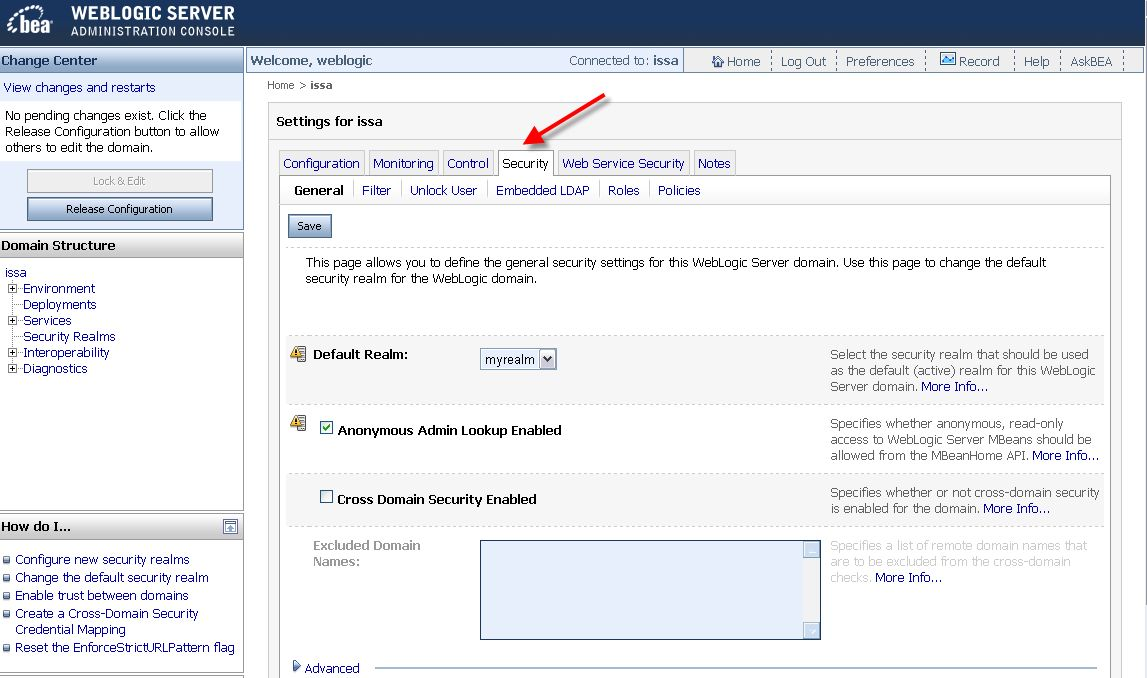It is not uncommon for enterprises to store their employee information in LDAP. Now this poses an interesting challenge for building ORM applications that need access to employee information. For example, consider writing an application that tracks the projects an employee is currently working on. Such an application would have the following simple domain model:

An ORM mapping tool such as Hibernate can easily map this domain model to a database backend. However, since the employee data comes from LDAP, hibernate out of box cannot create the mapping between Project and Employee domain objects. One way to solve this problem would be to implement a custom EntityPersister. In this post I will show a simple hack for achieving this using JPA EntityListeners.
First let us create Java objects and relationships between them. Here is some minimal code:
public class Employee implements Serializable
{
private Long id;
private String firstName;
private String lastName;
// Other fields, getters, setters and other logic
}
public class Project implements Serializable
{
private Long Id;
private String name;
private String description;
private Employee employee;
// Getters, setters and other logic
}
The next step is to define tables in the database. Here is the table structure:
PROJECT
———–
PROJECT_ID | NAME | DESCRIPTION | EMPLOYEE_ID |
EMPLOYEE
—————-
EMPLOYEE_ID |
Since all the employee information (including EMPLOYEE_ID) is available in LDAP, this table simply holds the unique id of an employee.
Then, create mappings for the domain objects using JPA. The mapping for Application is straightforward:
@Entity
@Table(name="PROJECT")
public class Project implements Serializable
{
@Id
@Column(name="PROJECT_ID")
// Sequence generator declarations
private Long Id;
@Column(name="NAME")
private String name;
@Column(name="DESCRIPTION")
private String description;
@ManyToOne(cascade= {CascadeType.PERSIST, CascadeType.MERGE, CascadeType.REFRESH})
@JoinColumn(name="EMPLOYEE_ID")
private Employee employee;
// Getters, setters and other logic
}
@Entity
@Table(name="EMPLOYEE")
public class Employee implements Serializable
{
@Id
@GeneratedValue(generator="assigned")
@GenericGenerator(name="assigned", strategy="assigned")
@Column(name="EMPLOYEE_ID")
private Long id;
@Transient
private String firstName;
@Transient
private String lastName;
// Getters, setters and other logic
}
With these mappings in place, hibernate can easily load the Project
object and the corresponding Employee object. To populate the
transient fields in the Employee object, an EntityListener needs to be
created. Here is a simple implementation for the entity listener:
public class EmployeeEntityListener
{
@PostLoad
public void loadEmployee(Employee employee)
{
Map<String, String> employeeData = // Read the employee data from LDAP using the employee Id as the key
employee.setFirstName(employeeData.get("FIRST_NAME"));
employee.setLastName(employeeData.get("LAST_NAME"));
}
}
Finally register this entitylistener:
@Entity
@Table(name="EMPLOYEE")
@EntityListeners(EmployeeEntityListener.class)
public class Employee implements Serializable
{
——-




